UNIGINE SDK 2.20 Release
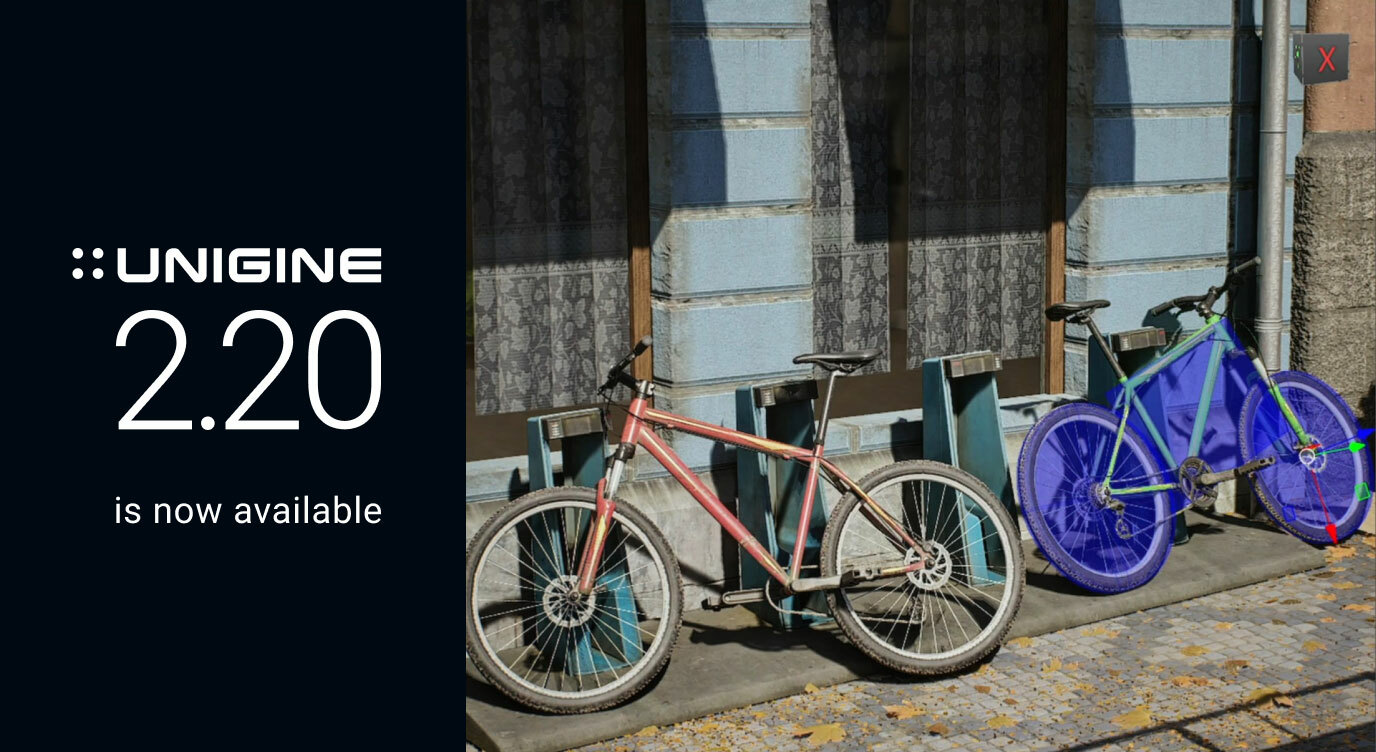
Rendering Improvements
UNIGINE 2.20 brings major visual enhancements and rendering efficiency upgrades:
Multithreaded Shadow Rendering is now supported on DirectX 12, significantly reducing CPU overhead and making real-time lighting more scalable.
DLSS (NVIDIA) support has been extended to Vulkan, in addition to DX12, enabling high-performance upscaling across a wider range of applications.
AMD FSR 3.1.3 is integrated, offering another high-quality upscaling option, especially on non-NVIDIA hardware.
- The upscaling system now features:
LOD-aware rendering to improve detail balance across distances.
Enhanced motion vector calculation and depth stabilization, reducing visual artifacts during movement.
Octahedral Impostors have been introduced, offering better-looking and more efficient distant geometry representation than traditional billboards — useful for massive scenes like open-world simulations.
Numerous improvements to volumetric cloud rendering, enhancing visual quality, and realism.
A new Global Illumination control allows fine-tuning of indirect reflection color and intensity to better match diffuse lighting. It improves the consistency of both matte and glossy surface reflections.
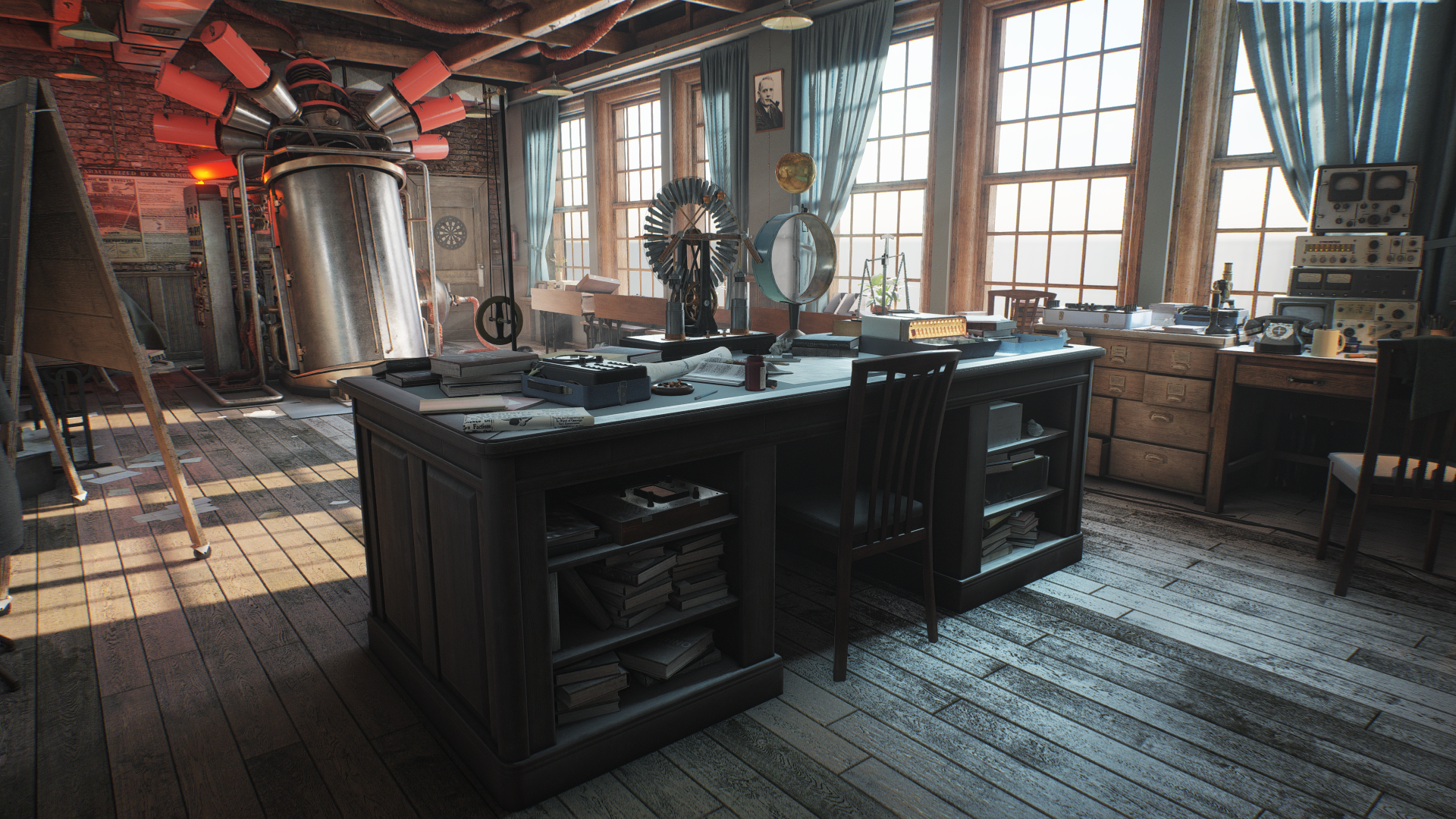
Performance & Resource Optimization
This update delivers substantial optimizations across the engine to improve overall resource usage:
Significant CPU-side performance boosts across multiple systems, especially for complex multi-camera and high-density geometry scenes.
Mesh compression significantly lowers memory usage while preserving visual quality, making large-scale environments more efficient.
Faster loading times for both engine startup and resource initialization.
Lower RAM and VRAM consumption, with better memory tracking tools now available inside the engine and editor.
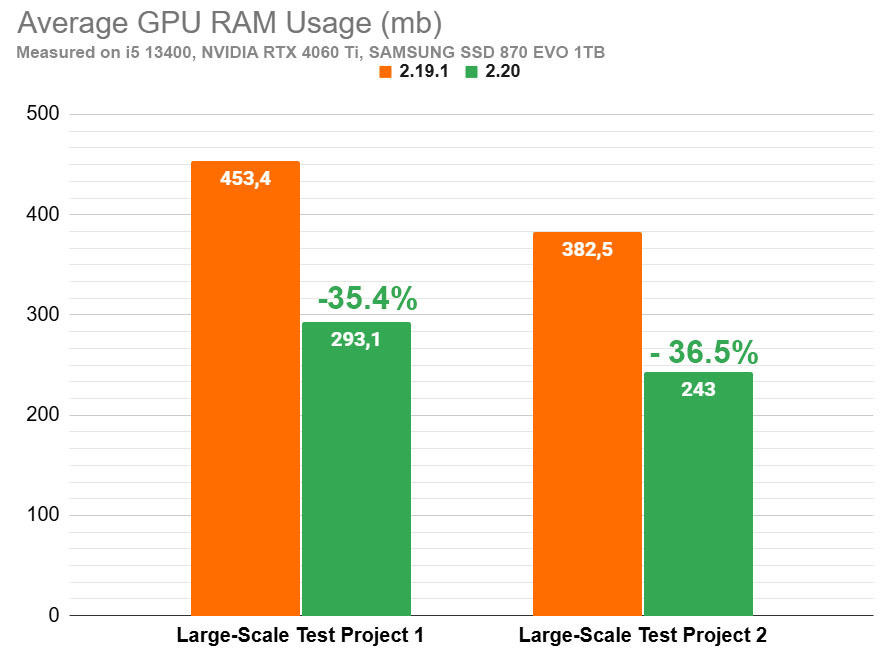
Gaussian Splatting Support (Experimental)
A brand-new experimental plugin brings support for Gaussian Splatting, a cutting-edge technique for rendering dense point clouds:
Allows importing .ply files from tools like Gaussian Splatting Blender Addon.
Can visualize real-world scan data, useful for simulation, industrial applications, or virtual environments.
Comes with a ready-to-use sample in the Sim SDK to demonstrate setup and performance.
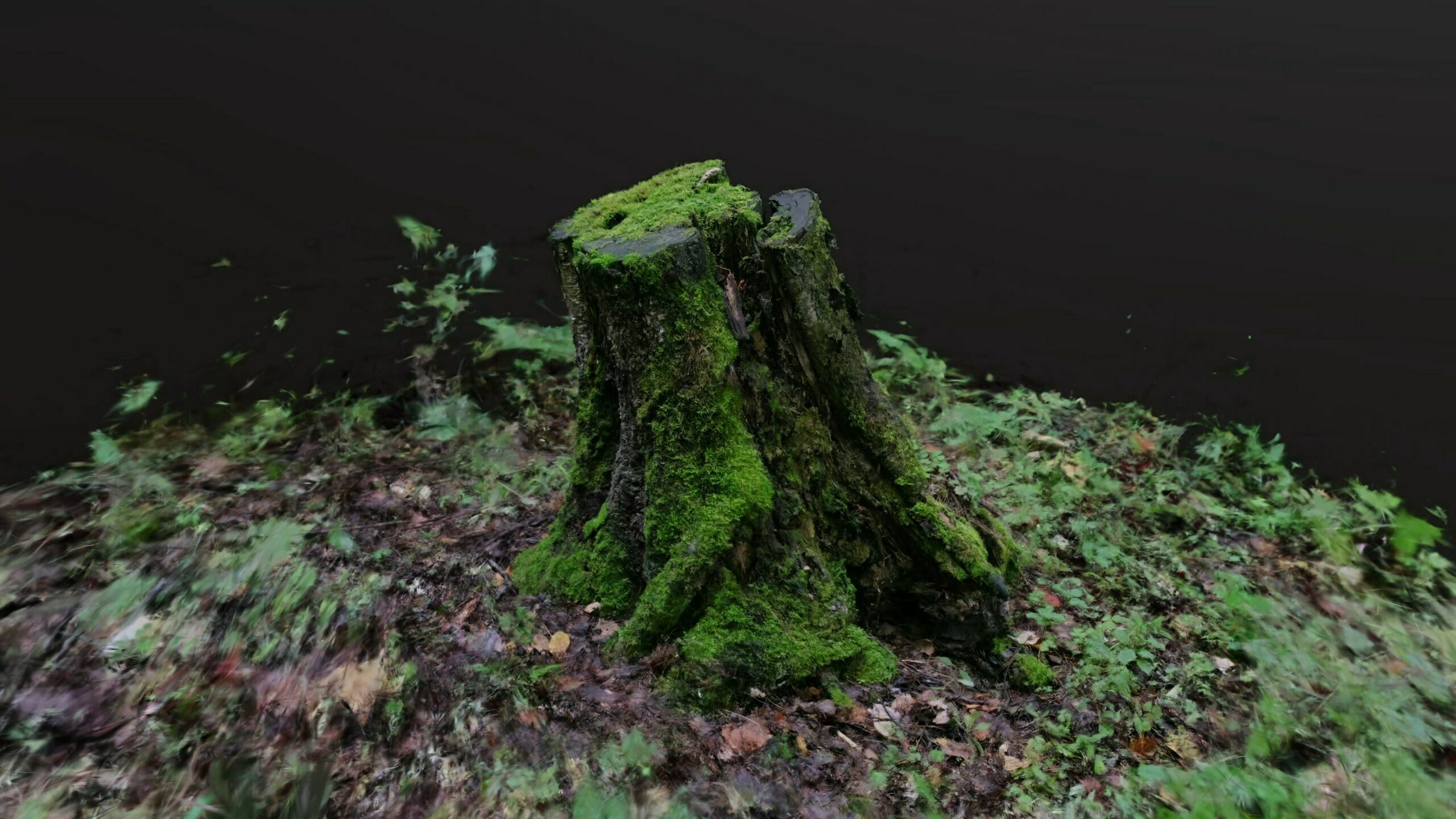
XR / VR Enhancements
The 2.20 release strengthens UNIGINE's OpenXR-based VR/XR support:
Eye tracking and foveated rendering now supported for high-end headsets like Varjo and Meta Quest Pro.
Mixed reality passthrough and stereo rendering optimizations added.
Dynamic per-eye camera adjustment and proper hand-tracking integration.
Enhanced HMD emulation allows desktop testing without a headset.
Improvements to input mapping, controller models, and spatial anchors.
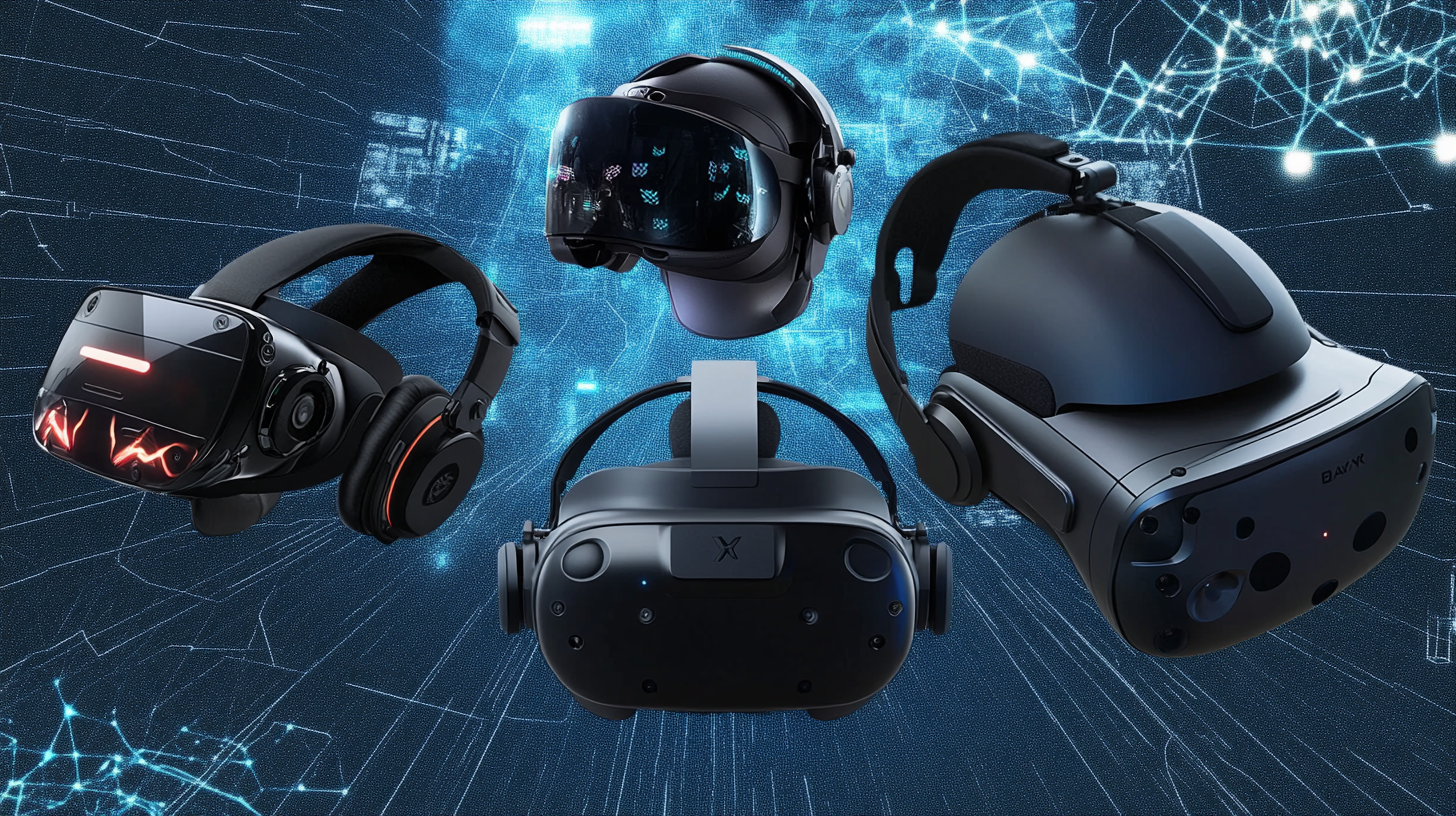
Visual In-Game UI Toolkit (Experimental)
UNIGINE now offers an experimental drag-and-drop UI system, drastically improving workflow for interactive applications and games:
A visual UI Designer allows WYSIWYG editing inside the UnigineEditor or at runtime.
Built-in widget library includes buttons, sliders, images, progress bars, and containers.
Live preview, undo/redo, and auto-updating script bindings make development smoother.
UI graph data is stored in a clean JSON format, and runtime performance is high.
Sample projects are included to help developers adopt the new system quickly.
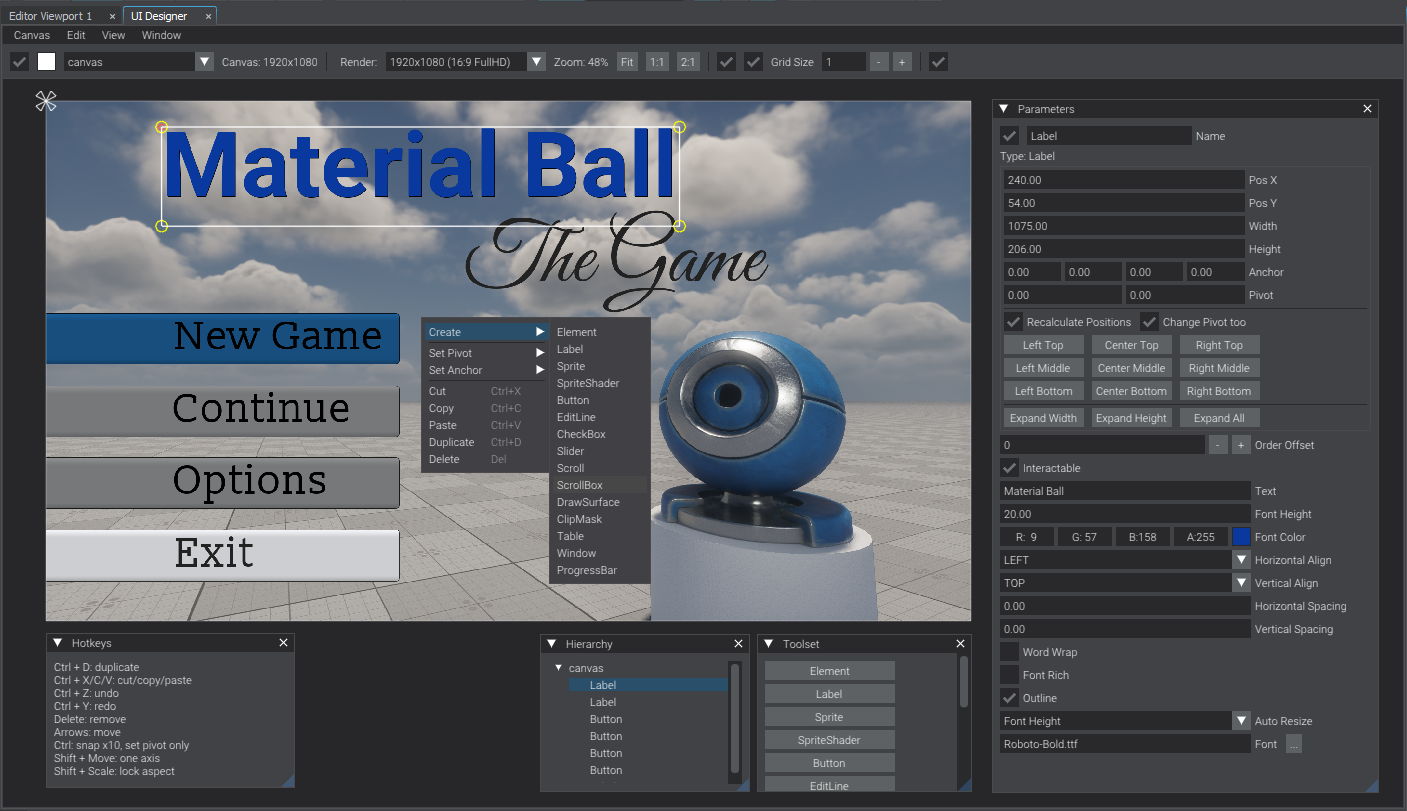
Editor & Engine QoL Improvements
Several productivity and usability improvements have been introduced:
- C# Component System Update:
Support for interfaces, abstract classes, and external libraries.
New script templates and better integration with IDEs.
Procedural Mesh API is now more powerful, safe, and stream-friendly.
Landscape generation in Sandworm is significantly faster and consumes less memory.
Asset browser, search, and property editors in UnigineEditor have been refined for better performance and usability.
Sample projects across SDKs have been fully overhauled: easier to find, well-documented, and now include full source code on GitHub.
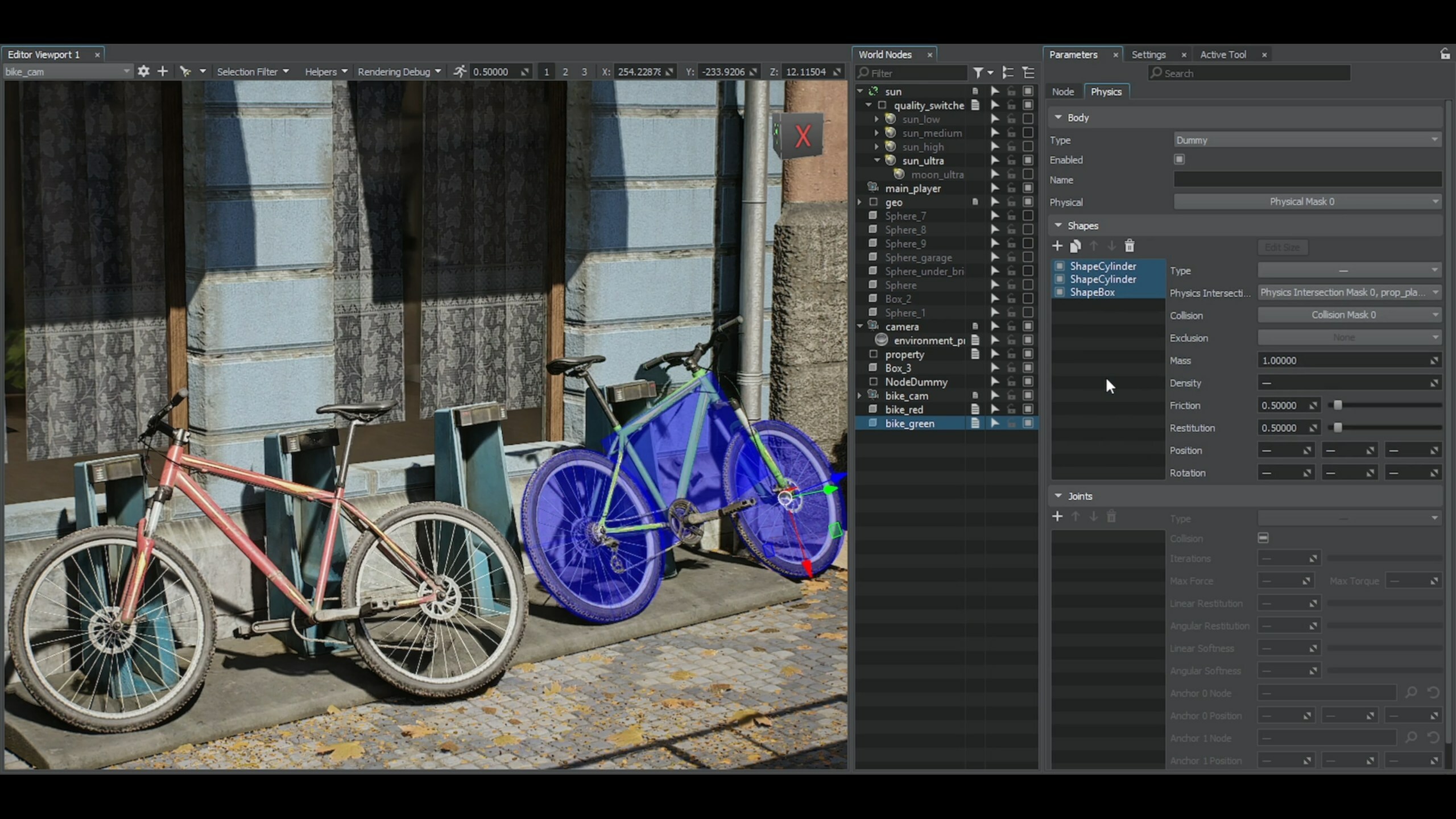
UNIGINE 2.20 sets the stage for more advanced features in future releases and emphasizes performance, usability, and XR realism for demanding industrial and entertainment-grade projects.
For more changes and technical details please see our devlog.